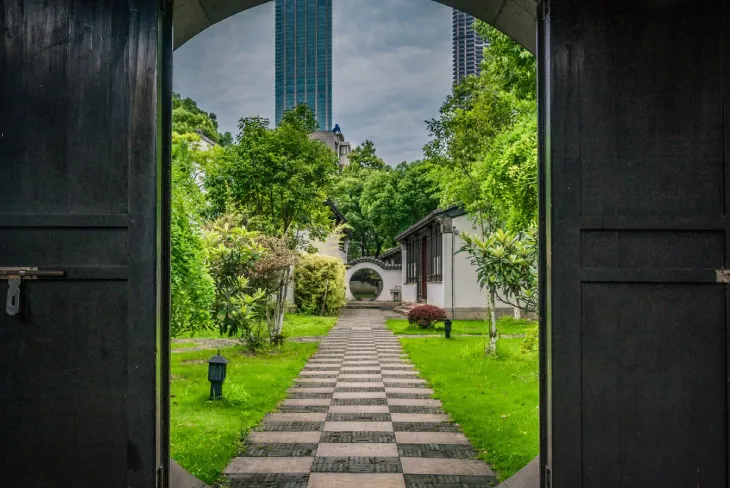Modern architecture has increasingly embraced the idea of harmonizing built environments with the natural world. This approach not only enhances the aesthetic appeal of buildings but also promotes sustainability and well-being. In regions renowned for their natural beauty, such as Jackson Hole architecture that integrates nature is particularly impactful.
Here’s how architects are skillfully blending nature and design in contemporary projects:
Biophilic Design Principles
Biophilic design is at the forefront of integrating nature with architecture. This concept involves incorporating natural elements such as plants, water features, and natural light into the design of buildings. By doing so, architects aim to create spaces that foster a connection to nature, which has been shown to reduce stress, improve mood, and enhance overall health.
Sustainable Materials
Using sustainable materials is another key aspect of merging nature with modern architecture. Materials like bamboo, reclaimed wood, and natural stone not only provide a rustic, earthy feel but also reduce the environmental impact of construction. These materials are often sourced locally to further minimize the carbon footprint associated with transportation.
Green Roofs and Walls
Green roofs and walls are innovative solutions that bring greenery into urban environments. These features provide insulation, reduce urban heat island effects, and create habitats for wildlife. Additionally, they can be visually striking, adding a layer of beauty and tranquility to the built environment.
Natural Light and Ventilation
Maximizing natural light and ventilation is crucial in blending nature with design. Large windows, skylights, and open floor plans allow for abundant sunlight and fresh air, creating bright and airy interiors. This approach not only reduces the need for artificial lighting and mechanical ventilation but also enhances the occupants’ connection to the outdoors.
Indoor-Outdoor Living Spaces
Modern architecture often blurs the lines between indoor and outdoor spaces. Sliding glass doors, patios, and decks extend living areas into the landscape, providing seamless transitions between the interior and exterior. These spaces are perfect for social gatherings, relaxation, and enjoying the natural surroundings.
Water Features
Incorporating water features such as fountains, ponds, and waterfalls adds a calming element to architectural designs. The sound and sight of water can create a peaceful atmosphere and enhance the sensory experience of a space. Additionally, water features can help regulate temperature and improve air quality.
Landscape Integration
Integrating the surrounding landscape into the architectural design is a hallmark of blending nature and modern architecture. This can involve designing buildings to follow the natural contours of the land, using native plants in landscaping, and preserving existing trees and vegetation. Such integration ensures that the architecture complements, rather than competes with, the natural environment.
Energy Efficiency and Renewable Resources
Energy-efficient design and the use of renewable resources are critical in sustainable architecture. Solar panels, geothermal heating, and rainwater harvesting systems are increasingly incorporated into modern designs. These technologies reduce reliance on non-renewable energy sources and promote a more sustainable way of living.
Conclusion
Blending nature and design in modern architecture is more than a trend; it’s a necessary evolution towards creating spaces that are not only beautiful but also sustainable and health-promoting. By embracing biophilic principles, using sustainable materials, and integrating natural elements into architectural designs, we can create harmonious environments that benefit both people and the planet.


